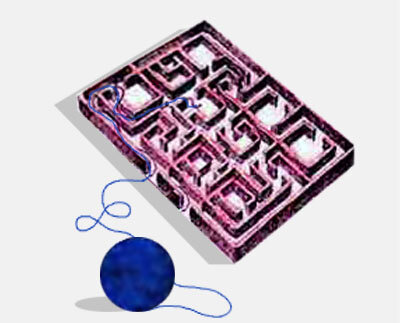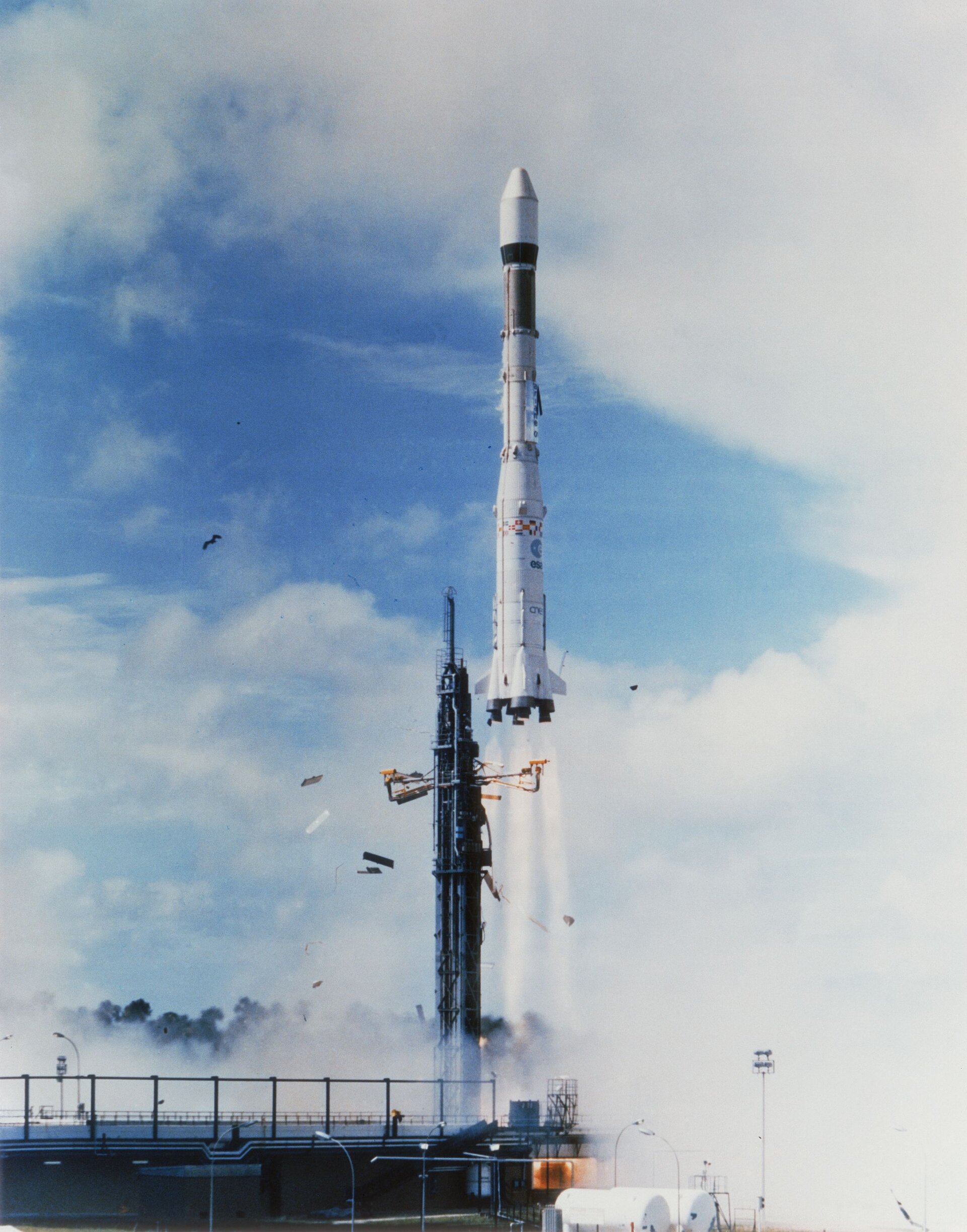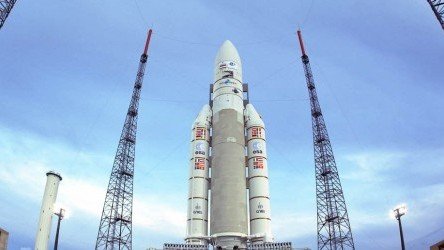A look at the past
When ESA came into being in 1975 one of its first objectives was to build a European launcher. The reason is simple: no launcher - no independent access to space - no space programme.
Although the Member States of ESA had different interests and priorities – some were particularly interested in carrying out research in space while others were more concerned in developing satellites – on one point they were unanimous.
Europe needed to have independent access to space and its own space programme. This meant that it must develop launchers and have its own spaceport.
What's in a name?

The first launcher project was known in French as Lanceur à Trois Etages de Substitution (LIIIS). At a meeting in 1977, ESA delegates were asked to come up with a new name. As the meeting took place on 1 August, Switzerland’s national day, two suggestions were Edelweiss and William Tell.
Other suggestions had their roots in Greek or Roman mythology and included Patience, Prometheus, Penelope, Phoenix and Ariane.
The final choice was made on the French name Ariane, the Greek goddess called Ariadne in English, who gave Theseus the thread to help him find his way out of the Minotaur’s labyrinth.
The beginnings
Work on the first Ariane launcher began as early as 1974 using the then new technology of combining liquid oxygen and liquid hydrogen. The first flight was scheduled for 15 December 1979. On that eventful day, in front of a large and expectant audience, countdown started and the motor underneath the launcher lit - and then went out.
Fortunately the fault was not serious and the launch was rescheduled for 23 December, but then bad weather and a few small problems led to yet another delay.
The next attempt proved to be third time lucky. On 24 December, at 14:14 hours local time, Ariane 1 blasted into space from Europe’s Spaceport in Kourou, French Guiana. Europe’s independent adventure in space had begun.






